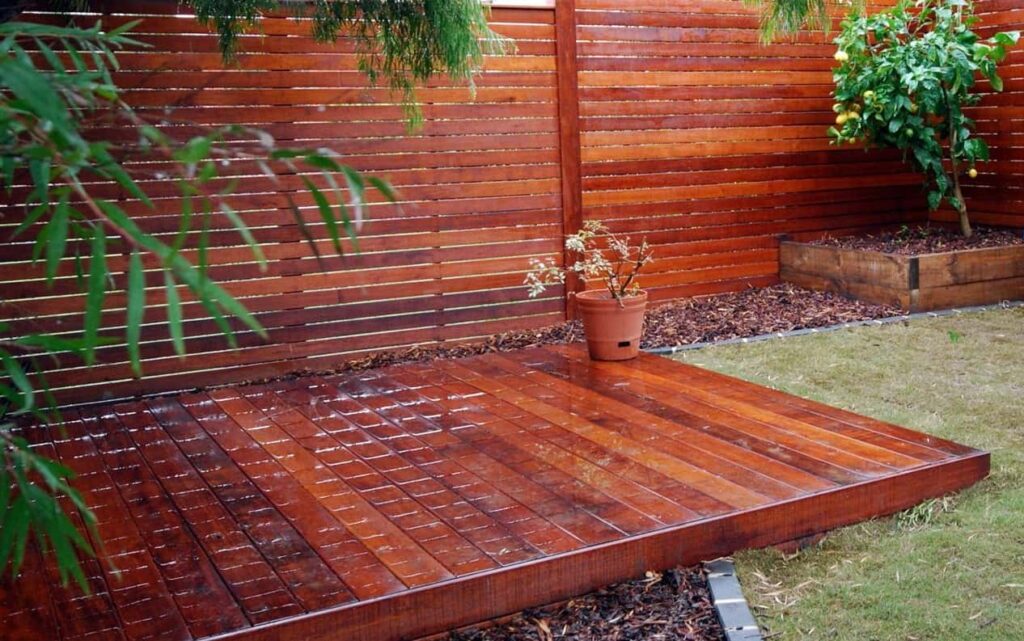Decking is a great way to enhance the outdoor living space of a home. It offers an opportunity to relax, entertain guests, and enjoy the natural environment. Kwila decking is a popular choice in New Zealand due to its durability, strength, and natural beauty. In this article, we will take a closer look at kwila decking, its characteristics, advantages, and maintenance requirements.
What is Kwila Decking?
Kwila decking, also known as Merbau decking, is made from the timber of the Intsia bijuga tree, which is native to the South Pacific and Southeast Asia. The timber is dark red-brown, and it has a high oil content, which makes it resistant to moisture and decay. Kwila decking is well-suited for New Zealand’s weather conditions and is popular for use in outdoor areas, including decks, patios, and balconies.
Advantages of Kwila Decking
Durability: Kwila timber is one of the most durable hardwoods in the world, and it is naturally resistant to decay, rot, and insect damage. This makes it an excellent choice for outdoor decking, which is exposed to the elements.
Strength: Kwila decking is strong, dense, and tough, and it can withstand heavy foot traffic, furniture, and outdoor equipment. It is an ideal material for outdoor areas that receive a lot of use.
Natural Beauty: Kwila timber has a rich, natural colour that varies from deep red-brown to lighter shades of brown. The timber also has a distinctive grain pattern that gives it a unique character. Kwila decking is an excellent choice for homeowners who want a natural-looking outdoor space.

Sustainability: Kwila is a sustainable timber, and it is harvested from certified plantations. This means that the timber is sourced responsibly, and it is grown and harvested in a way that does not harm the environment.
Maintenance Requirements
To keep kwila decking looking its best, it is important to maintain it regularly. Here are some maintenance tips for kwila decking:
Cleaning: Regular cleaning is essential to remove dirt, debris, and stains from the surface of the decking. Sweep or brush the decking regularly to remove loose debris. You can also use a pressure washer or a mild cleaning solution to remove dirt and stains.
Sealing: Kwila timber is naturally oily, which helps to protect it from moisture and decay. However, it is still a good idea to apply a sealer to the decking to enhance its natural beauty and protect it from the elements. A high-quality decking oil or stain can help to protect the timber from UV rays, moisture, and temperature changes.
Recoating: Over time, the sealer on kwila decking can wear off, which can leave the timber exposed to the elements. It is important to recoat the decking regularly to maintain its protection. A good rule of thumb is to recoat the decking every 12 to 18 months, depending on the level of use and exposure to the elements.
Conclusion
Kwila decking is an excellent choice for homeowners who want a durable, strong, and natural-looking outdoor space. The timber is well-suited for New Zealand’s weather conditions and is naturally resistant to moisture, decay, and insect damage. With regular maintenance, kwila decking can last for many years and continue to look beautiful. If you are considering decking for your outdoor space, kwila decking is definitely worth considering.






